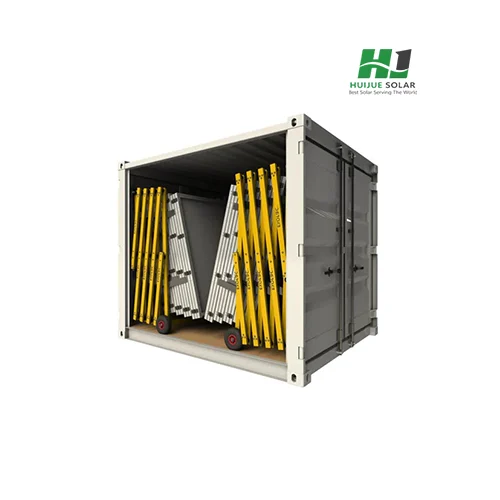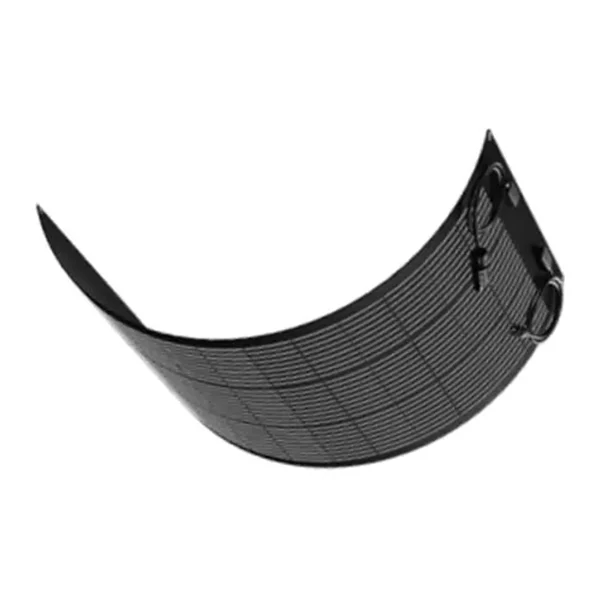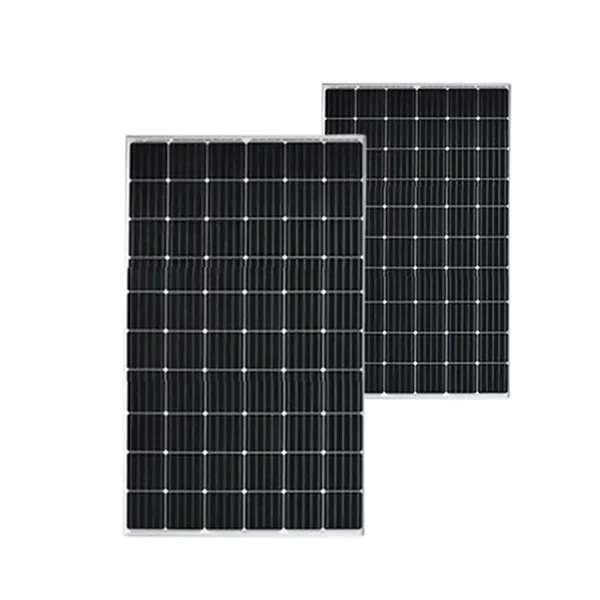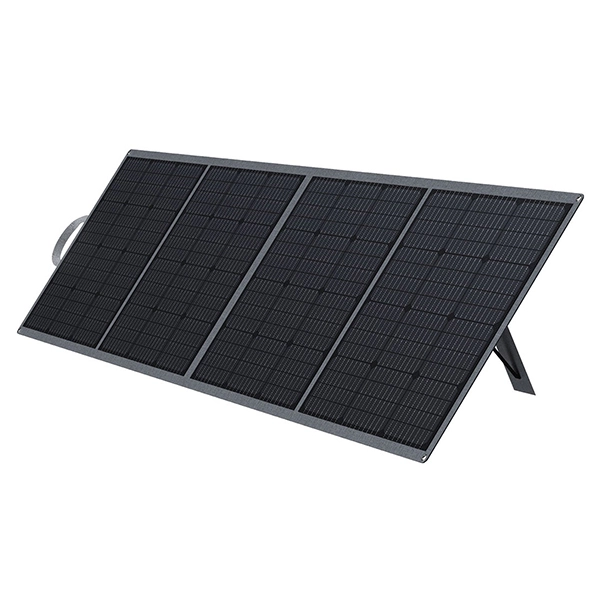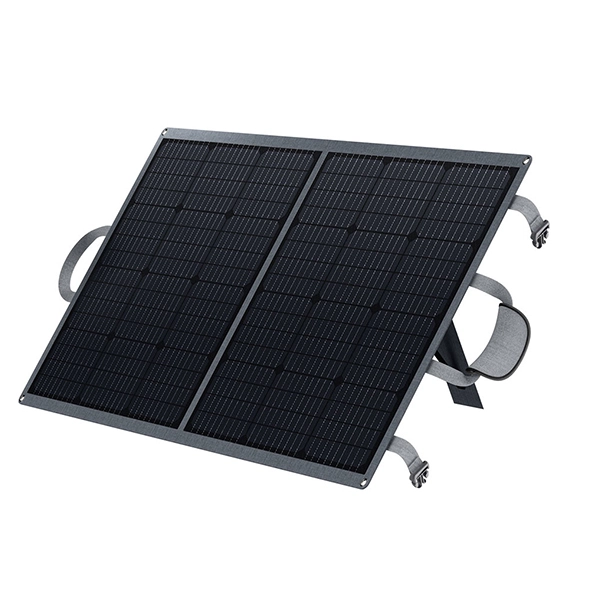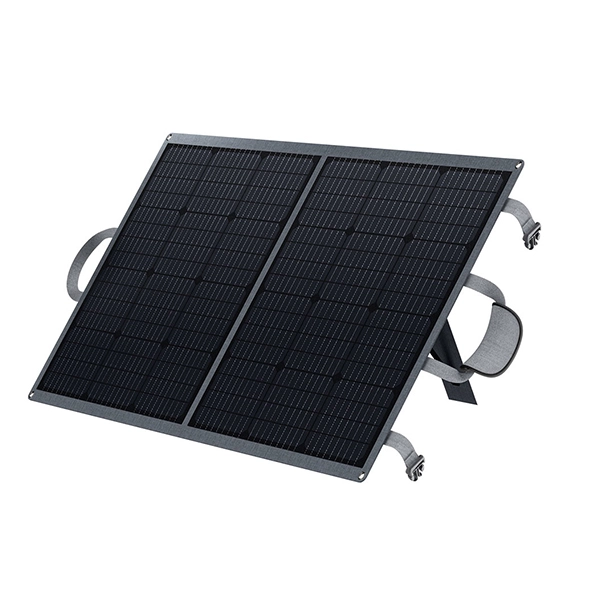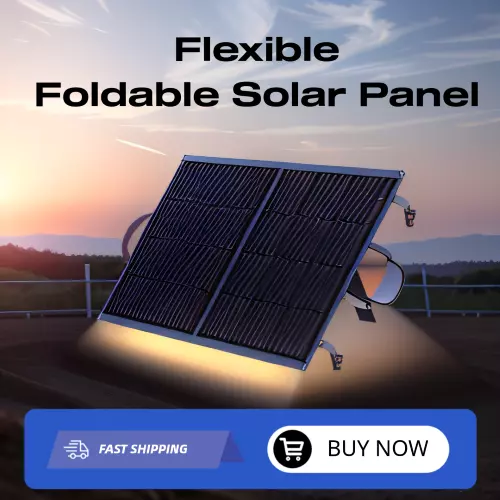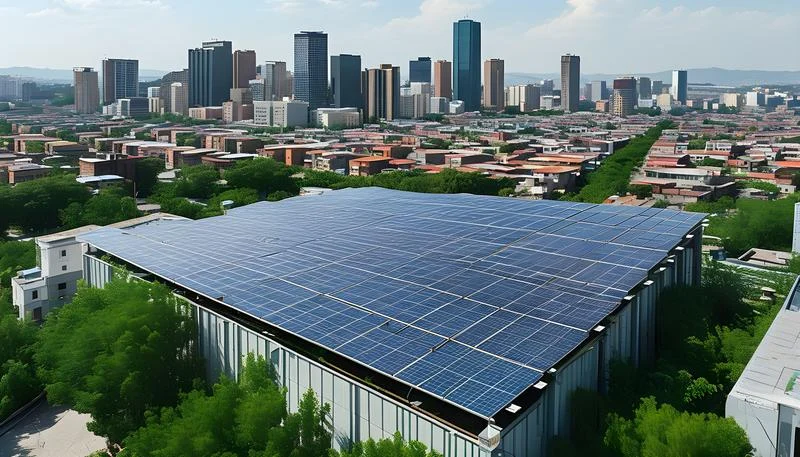When it comes to solar energy, flexible solar panels seem like a dream come true—lightweight, portable, and easy to install. But like any innovation, they have their drawbacks. In this blog, we’ll explore why flexible solar panels might not always be the best choice, diving into their limitations, potential solutions, and where they truly shine.
Understanding Flexible Solar Panels
Flexible solar panels are made of thin-film photovoltaic technology, in which material may be comprised of CIGS or CdTe (Cadmium Telluride). They bend easily and accommodate curved surfaces that rigid solar panels could not. Hence, they are the ideal choice for vehicles, boats, and other unusual applications. The advantages mentioned above do come with downsides.
Efficiency Concerns: The Numbers Don’t Lie
Lower Conversion Rates
Flexible solar panels have efficiency, usually between 10% to 17%, whereas stiff panels have a better scope of 16% to 23%. Therefore flexible panels convert less amount of sunlight into electricity; meaning more space is needed in order to produce the same amount.
Why It Matters
If you’re in a space-constrained environment—say, the roof of a compact RV or a boat—this lower efficiency might be a dealbreaker. Imagine needing twice the surface area to meet your energy needs.
Possible Solutions
- Opt for high-quality flexible panelswith better efficiency ratings.
- Install additional panels to compensate for the lower output.
Thought to Ponder: Is your installation space large enough to accommodate the extra panels required to match a rigid system’s output?
Durability: Fragility in Flexibility
Lower Conversion Rates
Flexible solar panels typically have an efficiency range of 10% to 17%, while rigid panels boast a higher range of 16% to 23%. This means flexible panels convert less sunlight into electricity, requiring more space to generate the same output.
Why It Matters
If you’re in a space-constrained environment—say, the roof of a compact RV or a boat—this lower efficiency might be a dealbreaker. Imagine needing twice the surface area to meet your energy needs.
Tips to Extend Lifespan
- Protect from harsh conditions: Avoid unnecessary bending or folding.
- Use quality materials: Panels with EFTE (Ethylene Tetrafluoroethylene) coatings are more resistant to UV degradation and scratches.
Quick Tip: For marine environments, look for panels designed to resist saltwater corrosion to prevent rapid degradation.
Heat Management: The Hotspot Dilemma
Overheating Risks
Flexible solar panels installed flush against a surface often lack the ventilation necessary for heat dissipation. This can lead to hotspots, which reduce efficiency and accelerate wear.
How to Mitigate This Issue
- Opt for heat-resistant materialsand high-temperature-tolerant designs.
- Ensure proper cleaning to prevent dirt accumulation, which exacerbates overheating.
Fun Fact: Rigid panels on adjustable mounts can optimize airflow, keeping them cooler and more efficient.
Environmental Concerns: Toxic Materials
Some flexible panels use CdTe (Cadmium Telluride) or CIGS (Copper Indium Gallium Selenide), which contain toxic substances. If not disposed of properly, it can be hazardous to the environment, so end-of-life recycling is an important factor.
The Green Solution
- Choose brands committed to sustainable production and recycling programs.
- Ensure panels are certified to meet environmental standards.
Warranty and Maintenance
Shorter Warranties
Flexible panels are more likely to be damaged, so they often have shorter warranties than rigid panels. This can make them a less attractive long-term investment.
Pro Tip
Regular maintenance, such as cleaning and inspecting for damage, can extend the functional life of your panels—even beyond the warranty period.
Use Cases: Where Flexible Panels Shine
Despite their drawbacks, flexible solar panels excel in specific scenarios:
- Mobile Applications: Perfect for RVs, boats, and tents where portability is key.
- Lightweight Installations: Ideal for roofs or surfaces that can’t support the weight of rigid panels.
- Aesthetic Integration: Their sleek design can blend seamlessly into architectural features, such as curved roofs or awnings.
Example: A camping enthusiast in Colorado found flexible panels invaluable for powering devices during multi-day hikes. Lightweight and rollable, they provided enough energy without adding significant weight to their gear.
Comparing Flexible and Rigid Solar Panels
| Feature | Flexible Panels | Rigid Panels |
| Efficiency | 10%-17% | 16%-23% |
| Durability | Moderate; prone to scratches | High; weather-resistant |
| Lifespan | 15-25 years | 25-30 years |
| Weight | Lightweight | Heavy |
| Installation | Easy; adhesive options | Requires mounts or brackets |
| Cost | Lower upfront cost | Higher upfront cost |
Should You Use Flexible Solar Panels?
The decision boils down to your specific needs:
- For portability and ease of installation: Flexible panels are unmatched.
- For long-term durability and efficiency: Rigid panels remain the better choice.
Ask Yourself: Is the trade-off between flexibility and efficiency worth it for your application?

